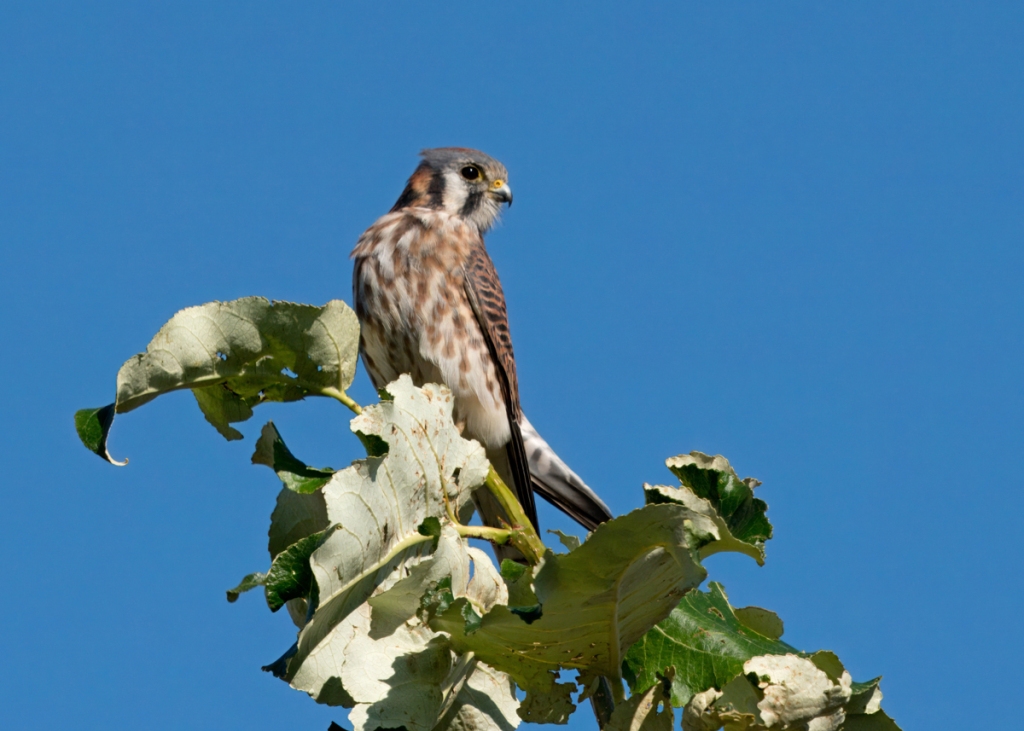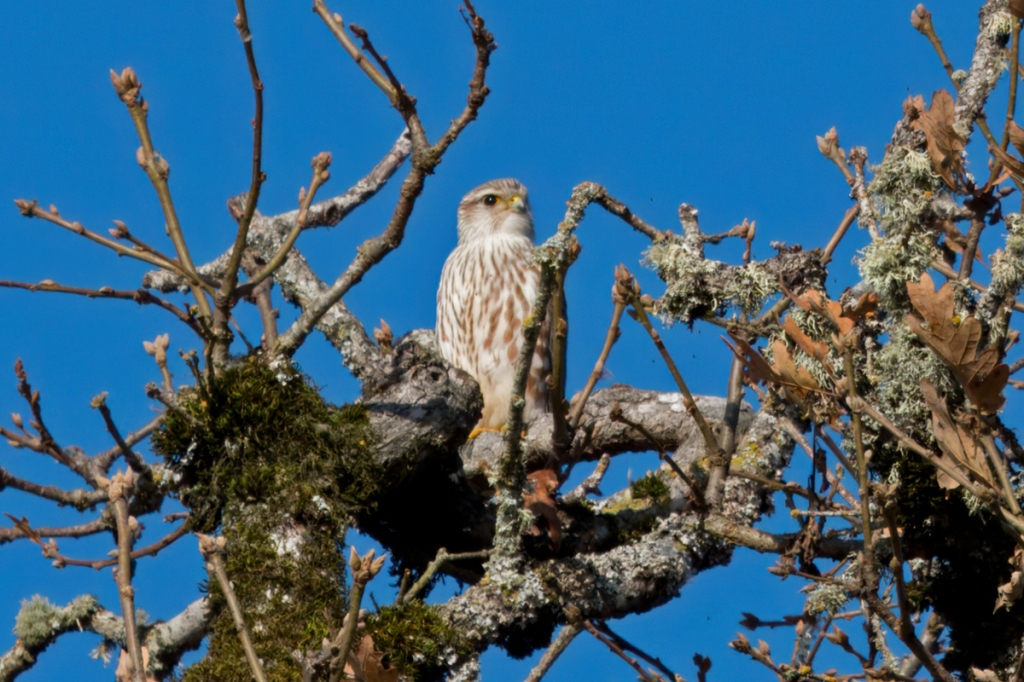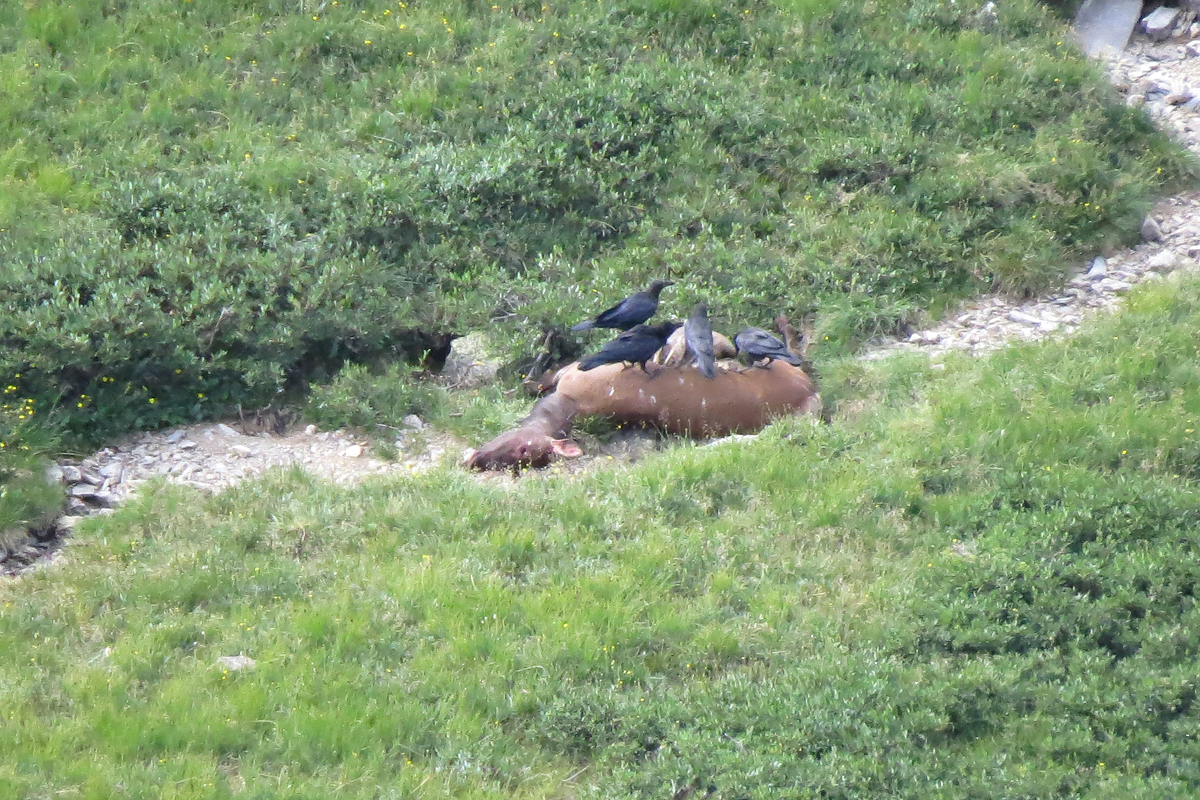Trees may get all the credit for creating pretty colors in autumn, but I think the birds do their part.










Happy autumn.

Trees may get all the credit for creating pretty colors in autumn, but I think the birds do their part.










Happy autumn.

After a very long dry summer, autumn has finally arrived. While we don’t get the extensive fall colors found in eastern forests, the red Poison Oak highlights the eyes on this Spotted Towhee.

This very ragged Bushtit was found at Wapato Lake NWR, which has finally opened up to birders after a long wait. The refuge will be closed to non-hunters from December-February, but should offer some great birding when it is open.

American Pipits are common migrants this time of year on mudflats and other open habitats.

Male American Kestrel

This American Crow was actively fishing in a tide pool along the Columbia River. I don’t normally think of crows as fish-eaters, but they take advantage of whatever food source is available.

There are still a few American White Pelicans around. They will be gone soon.

Brush Rabbit, blending in with the fall colors

Pacific Tree Frog on a maple leaf. These frogs are very common, but they seldom perch out in the open.

This Black-tailed Deer was just off the path at Cooper Mountain Nature Park.
Happy Autumn
Smith Lake, the larger body of water at Smith and Bybee Wetlands in NW Portland, currently has a lot of mudflat habitat, attracting good numbers of shorebirds and gulls.
 Greater Yellowlegs at sunrise
Greater Yellowlegs at sunrise
 Long-billed Dowitchers and Pectoral Sandpipers
Long-billed Dowitchers and Pectoral Sandpipers
While the shorebirds and gulls kept their distance on the mudflats, thus no good photos, American Pipits were working the shoreline at close range.



 I spent a morning above the tree line in Rocky Mountain National Park. We saw more mammals than birds (next post), and the two target species, Brown-capped Rosy Finch and White-tailed Ptarmigan, both eluded me. But any trip to this area is well worth it, whatever you manage to find.
I spent a morning above the tree line in Rocky Mountain National Park. We saw more mammals than birds (next post), and the two target species, Brown-capped Rosy Finch and White-tailed Ptarmigan, both eluded me. But any trip to this area is well worth it, whatever you manage to find.
 One of the more common species on the tundra is American Pipit.
One of the more common species on the tundra is American Pipit.
 The choice of habitat, along with the scruffy plumage, really threw me, but this seems to be a Sage Thrasher.
The choice of habitat, along with the scruffy plumage, really threw me, but this seems to be a Sage Thrasher.

 These Common Ravens were feeding on an Elk carcass.
These Common Ravens were feeding on an Elk carcass.
 A few Clark’s Nutcrackers were hanging out near one of the parking lots.
A few Clark’s Nutcrackers were hanging out near one of the parking lots.
Other species seen but not photographed included Golden Eagle, Horned Lark, and a couple of fly-by hummingbirds, probably Broad-tailed. So there was not a huge bird list by the end of the morning, but it is a treat to visit this habitat at an elevation over two miles higher than my home in Portland.
The weather is cooling and rain is in the forecast, as our long dry summer is finally letting go.
 Cackling Geese have arrived by the thousands in recent days. This Ridgeway’s Cackling Goose is sporting a black chin stripe and a white collar.
Cackling Geese have arrived by the thousands in recent days. This Ridgeway’s Cackling Goose is sporting a black chin stripe and a white collar.
 An American Pipit, blending in with the dry cracked lake bed at Fernhill Wetlands
An American Pipit, blending in with the dry cracked lake bed at Fernhill Wetlands
 Two California Gulls harassing a Bald Eagle. It is probably much safer being behind the eagle than in front.
Two California Gulls harassing a Bald Eagle. It is probably much safer being behind the eagle than in front.
 Closer to home, this Purple Finch visited the feeder. If you look closely you can see her tongue positioning the sunflower seed.
Closer to home, this Purple Finch visited the feeder. If you look closely you can see her tongue positioning the sunflower seed.
 Mimi, one of my neighbor cats, is enjoying the birdbath and keeping those pesky hummingbirds out of my garden. I have two words for you, Mimi; Urban Coyotes.
Mimi, one of my neighbor cats, is enjoying the birdbath and keeping those pesky hummingbirds out of my garden. I have two words for you, Mimi; Urban Coyotes.